I have a strange phenomenon in our mountain cabin, on the Italian alps: lightning strike on the nearby (not so near: < 2 miles) causes audible / visible sparks on:
- electric / fire wood water heater pipes (very frequently)
- LED spotlights (rarely)
Both have the bodies grounded.
Details:
- In the dark I also see LEDs lighting up (just a weak flash)
- The nearest lighting I saw was > 1/2 miles from cabin so I cannot say how the phenomenon is affected by distance from strikes
- Electric system and ground are new and tested. I already asked to our electrician but he says that our ground is good, and he don't know what can cause the phenomenon (this is why I write here :)
- It seems that sparks occours only with metal bodies physically attached to a wall that has the ground on the other side (the cabin is on a slope; the ground level on the back is about 4 meters higher than on the front. Wall is made of stones and concrete, about 30" width)
- The cabin is one of the last one of the electric branch on which we are connected
- Water heater has a metal exhaust pipe (about 10 feets long) that run inside the masonry flue
For my knowledge strikes are too far to have a direct role, so I tend to thinking about spikes on the power line (the last mile is underground); but a spark means a LOT of potential difference - and not destructive ones + no failure on the electronic devices I have plugged in 365 days/year means very little current, so I tend to exclude the power line.
Yes, I'm confused :)
Thank you very much
Ps: I found a video
https://www.youtube.com/watch?v=DuNLm284m80
You can hear the sound of / see (indirectly) the flash of the spark, but in this case the lightning is in the nearby, I can expect that could induce a lot of EMF; in my case lightnings are a lot far away (also > 10 seconds between lightning and thunder)


